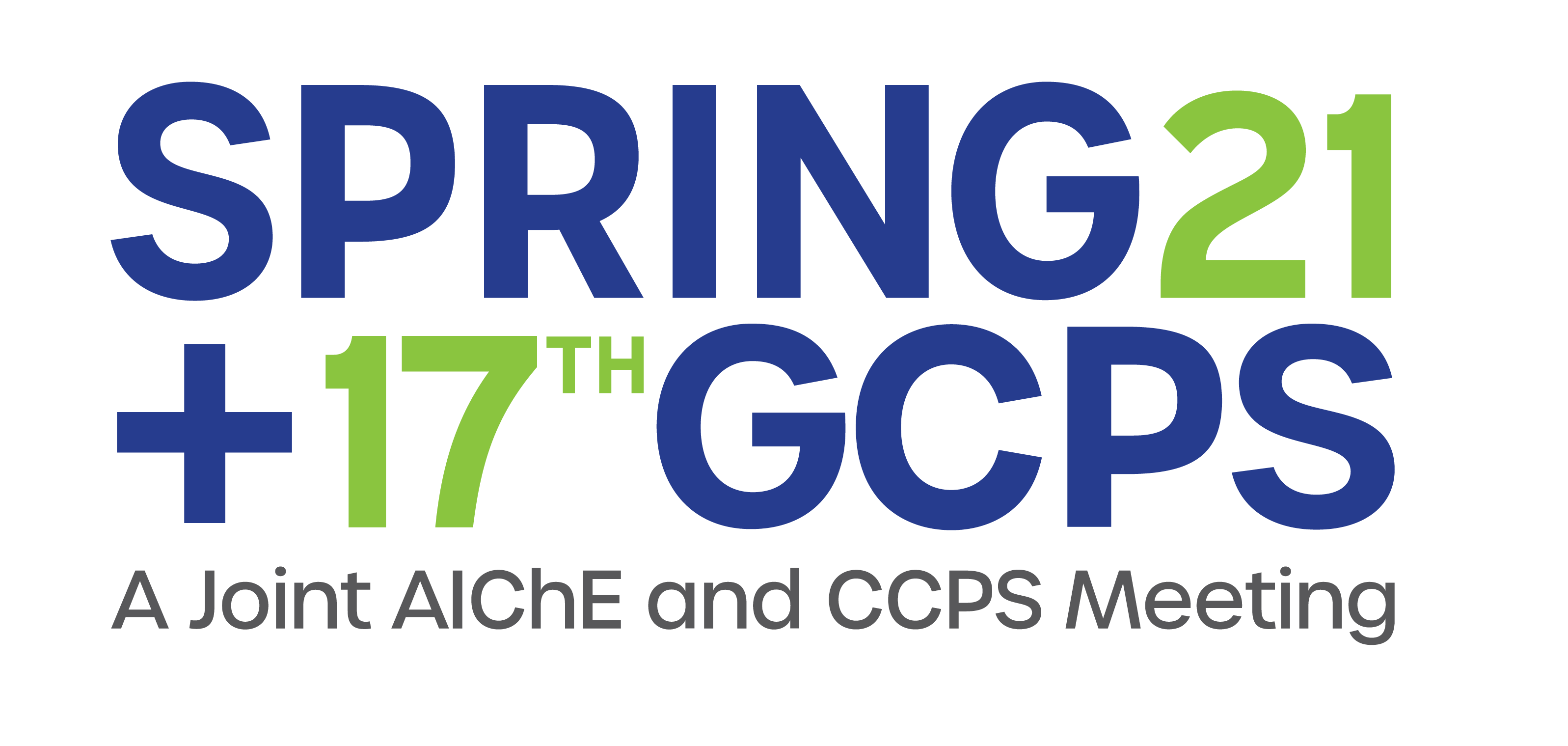

In Liquid Membrane Separation Technique (LMST), there is an organic phase immiscible with water, containing extractant or complexing agent that is selective towards the target element. It enhances the extraction process by temporarily binding with the target element present in the source phase and releasing it to the receiving phase due to concentration gradient. Thus, the target element can be extracted and recovered simultaneously in a single step. Since the process is based on concentration difference, it does not require pressure or voltage for separation. Different configurations of liquid membrane based separation process include Bulk Liquid Membrane (BLM), Supported Liquid Membrane (SLM) and Emulsion Liquid Membrane (ELM). SLM can be further classified into Flat Sheet (FS) SLM and Hollow Fiber (HF) SLM.
The aim of this research work is removal of As (III) for purification of water using FSSLM based separation technique. This could be achieved through initial two-phase equilibrium studies through which environmentally benign solvent is identified that is easily available, non-toxic and low cost for extraction of As (III) from synthetic water. Vegetable oils including coconut oil, sesame oil, sunflower oil, soybean oil and mustard oil are environment friendly alternatives to the chemical solvents used. Sesame oil was selected for the study followed by identification of extractant suitable for enhancing the transport of solute (arsenic ions) from the feed phase (aqueous phase) to the receiving phase (aqueous phase) through the solvent-extractant pair acting as the intermediate organic membrane phase. Methyltrioctyl ammonium chloride (Aliquat 336) was selected amongst the extractants or carrier compounds used in this work. The optimum operating conditions were studied through variation in parameters such as extractant concentration, receiving phase concentration and pH on extraction and recovery of arsenic ions. Sodium arsenite salt was used to prepare the feed phase and ferric chloride salt for preparing the receiving phase solution. The feed and receiving phases were stirred carefully, without mixing with each other and disturbing the organic phase.
The extractant present in the liquid membrane binds with solute (arsenic ions) at feed-membrane interface, diffuses across the membrane and releases the solute at the membrane-receiving interface. The extractant then diffuses back to the feed-membrane interface to bind with another As (III) ion and this cycle continues. In this way simultaneous extraction of As (III) from feed phase to membrane phase and re-extraction or recovery of As (III) from membrane phase to receiving phase occurs. The arsenic was recovered as iron-arsenic complex in the receiving phase. Further, a mathematical model was developed for simulating the solute transport mechanism through liquid membrane that can be used for performing initial calculations for any scalability measures.
